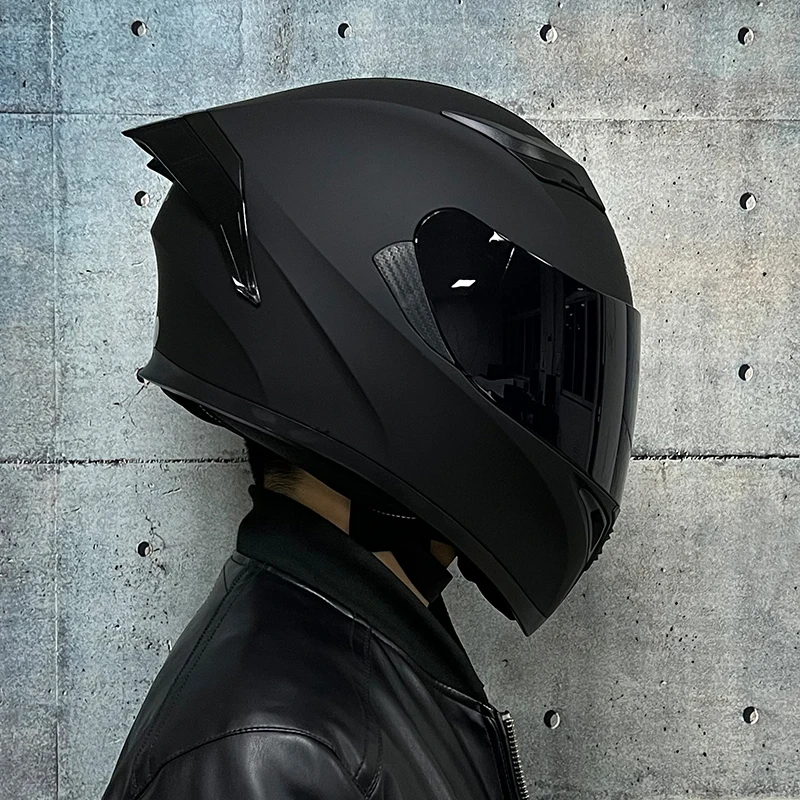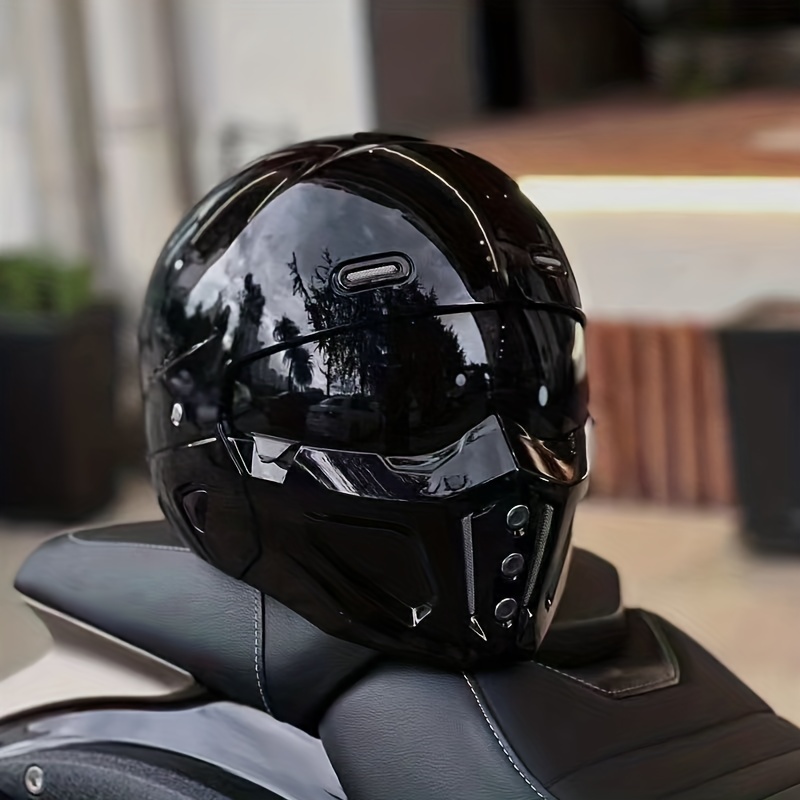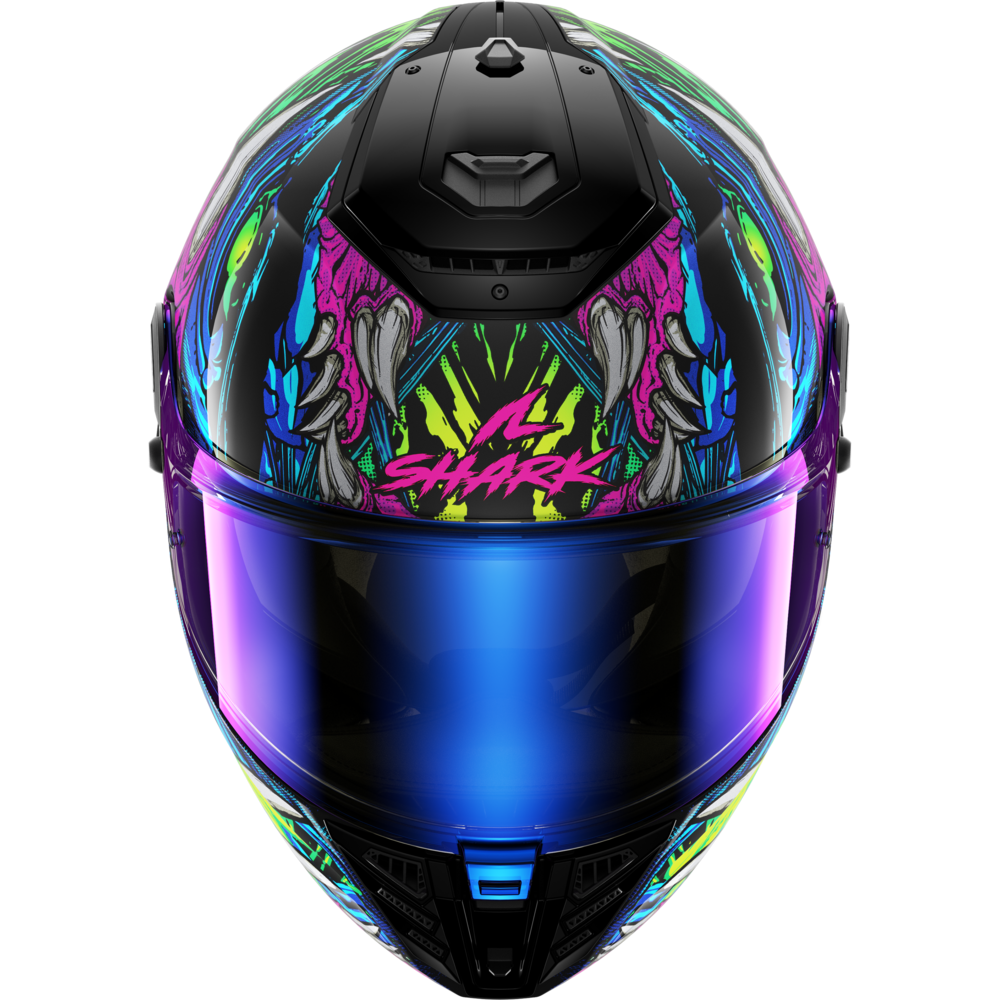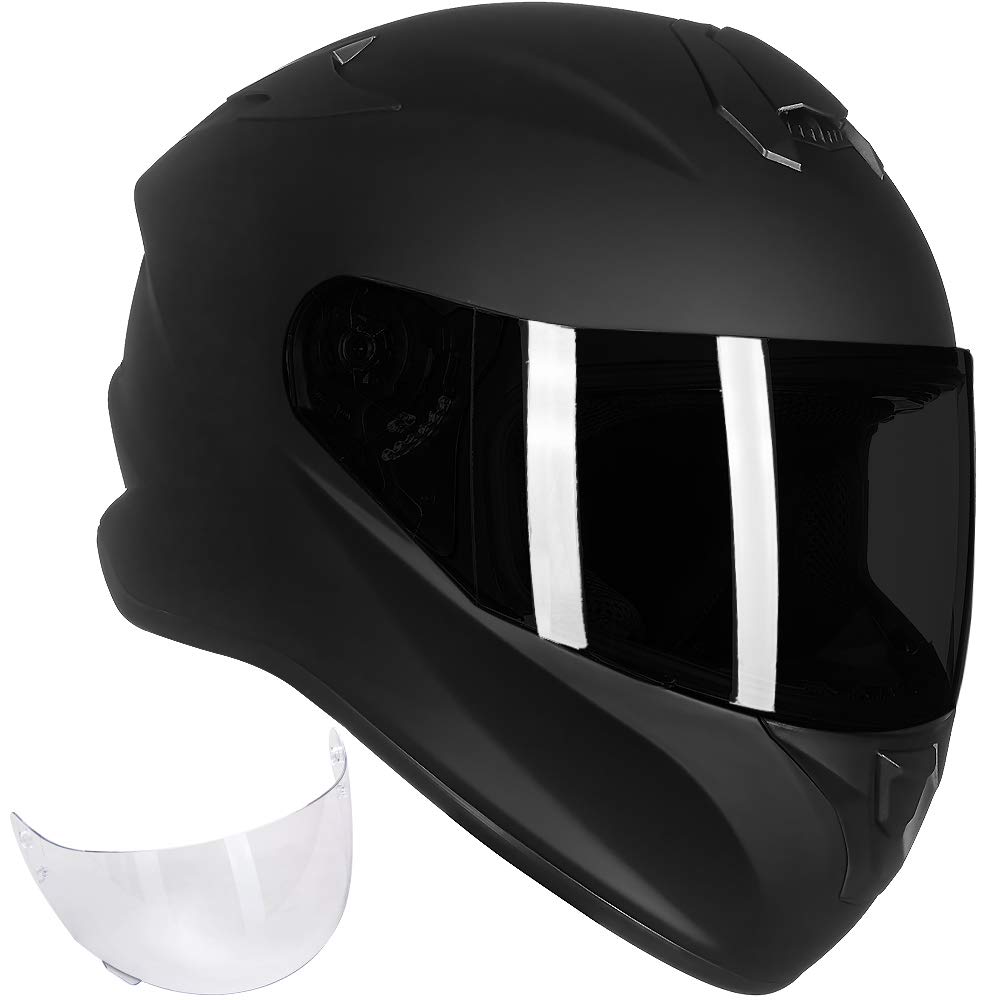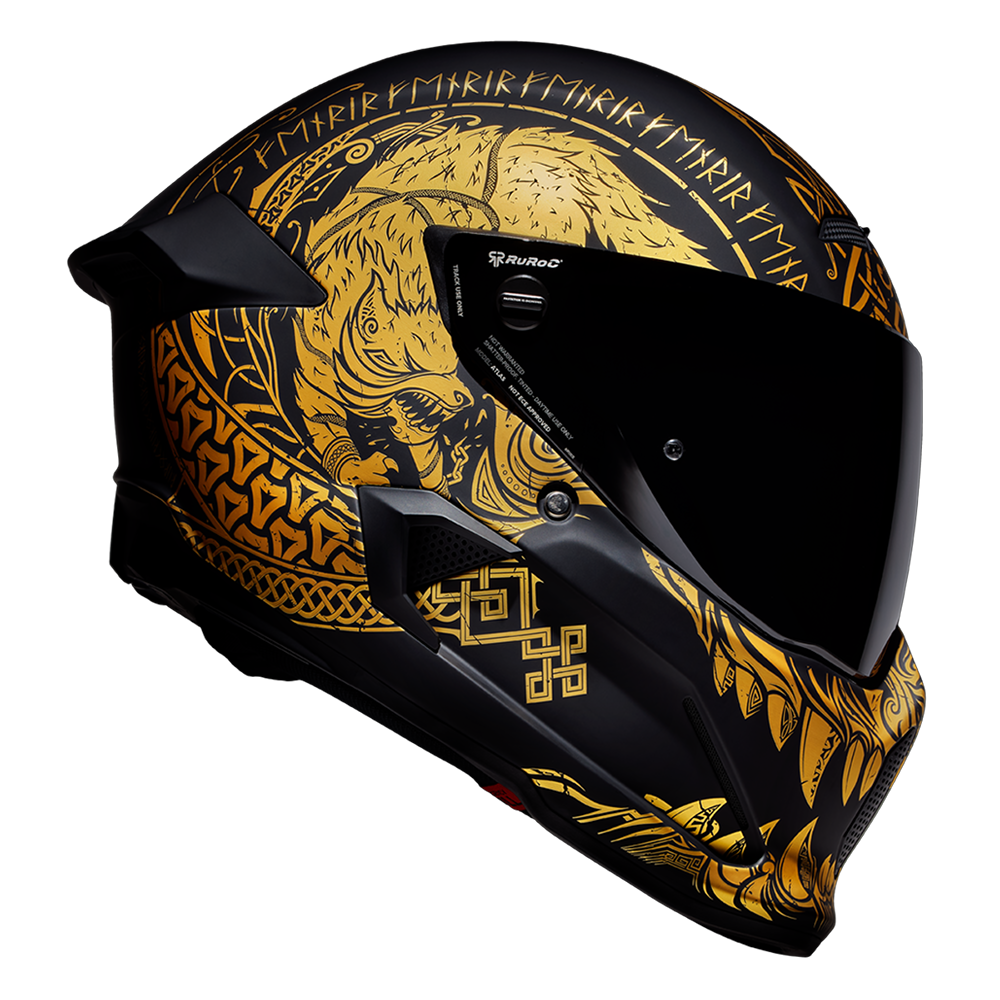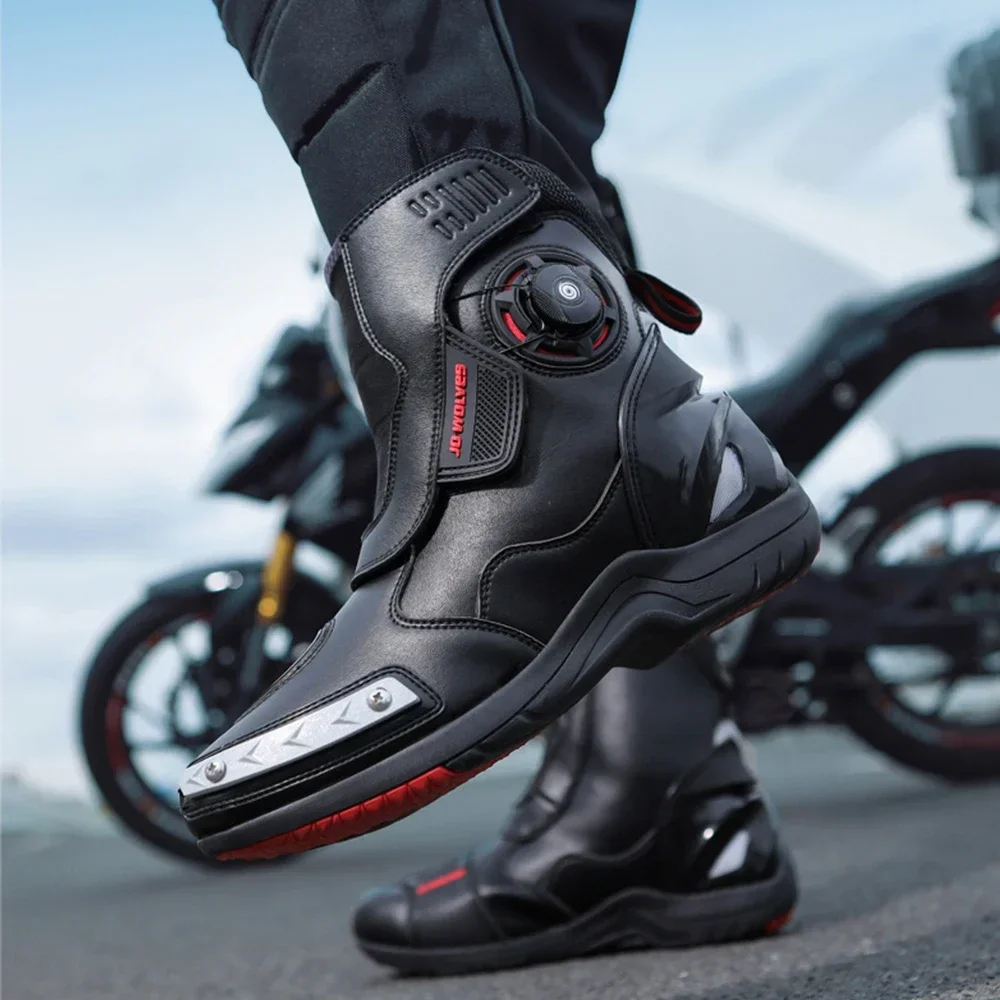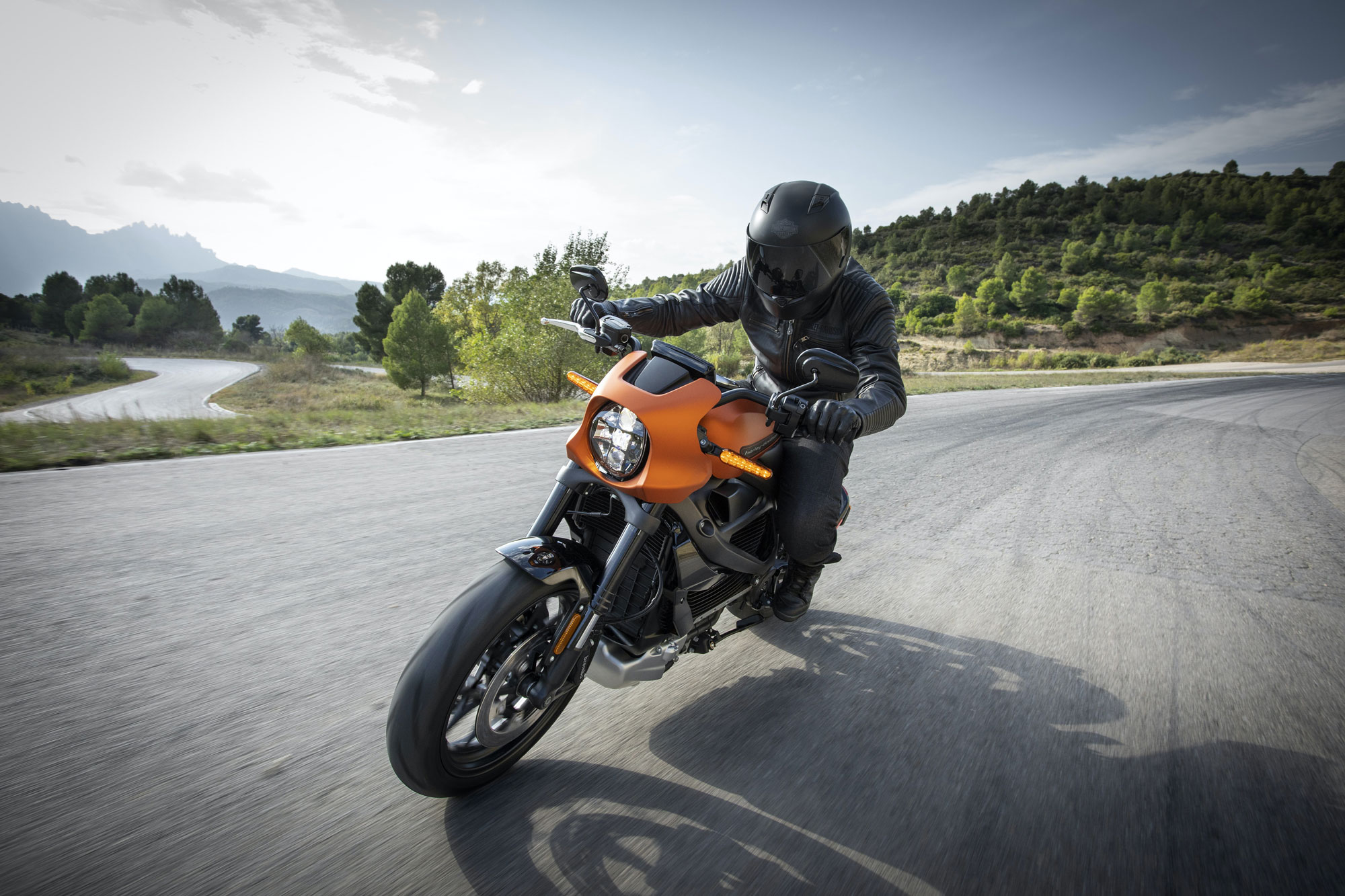Motorcycle riding is an exhilarating experience. However, the thrill comes with inherent risks. Among the essential protective gear, the motorcycle helmet stands out. The right helmet can mitigate injuries in case of an accident. Understanding the importance of a helmet influences both safety and enjoyment on the road.
Understanding Helmet Safety Standards
When purchasing a motorcycle helmet, safety standards play a crucial role. Helmets undergo rigorous testing to ensure they meet specific criteria. In the United States, the DOT (Department of Transportation) sets safety standards. Similarly, the ECE (Economic Commission for Europe) establishes regulations in Europe. By adhering to these standards, manufacturers provide helmets that offer adequate protection.
DOT vs. ECE: What’s the Difference?
The DOT certification is essential for helmets sold in the U.S. This certification indicates that the helmet meets specific safety requirements. On the other hand, ECE certification caters to European markets, providing similar protection levels, but with different testing protocols. Therefore, understanding these differences helps in making an informed decision. If you ride primarily in the U.S., consider DOT-certified helmets. Conversely, if you travel to Europe often, an ECE-certified helmet is advisable.
Benefits of Additional Certifications
In addition to DOT and ECE certifications, some helmets carry Snell certification. This standard is even more stringent than DOT. Helmets that pass Snell testing offer an additional layer of protection. While they tend to be more expensive, the added security may be worth the investment. Choosing a helmet with multiple certifications showcases a commitment to safety and well-being.
Types of Motorcycle Helmets
Motorcycle helmets come in various styles. Each type caters to different riding experiences, preferences, and levels of protection. Three primary styles exist: full-face, modular, and open-face helmets. Understanding the differences helps in selecting a helmet that suits your riding style.
Full-Face Helmets: Protection and Comfort
Full-face helmets provide the most comprehensive coverage. They encompass the entire head, featuring a visor that protects the face. This style is particularly beneficial for long-distance rides or high-speed travel. Additionally, they minimize wind noise and provide excellent aerodynamics. The snug fit ensures that the helmet remains securely in place during rides.
Moreover, many full-face helmets come equipped with ventilation systems. These systems help regulate temperature, keeping the rider comfortable. While some may find full-face helmets restrictive, their safety features outweigh any discomfort. Ultimately, when it comes to protection, full-face helmets excel.
Modular Helmets: The Best of Both Worlds
Modular helmets combine features of both full-face and open-face varieties. They feature a front that can pivot upwards, enabling easy access to the face. This design offers the benefit of convenience without sacrificing protection. Riders frequently appreciate the versatility modular helmets provide.
Despite their advantages, modular helmets may not offer the same level of safety as full-face helmets. When in the closed position, they still protect the rider effectively. However, it’s crucial to ensure the helmet locks securely to maintain safety. In summary, modular helmets cater to those who desire flexibility without wholly sacrificing security.
Choosing the Right Fit
A well-fitting helmet is crucial for safety. An improperly fitted helmet can move during a ride, reducing its effectiveness. When selecting a helmet, consider both size and shape. Various brands offer different shapes, catering to various head types. Therefore, trying on multiple helmets is advisable.
Measuring Your Head Size
To determine the correct size, measure your head’s circumference. Use a soft tape measure, positioning it just above the ears and eyebrows. Record this measurement and consult the manufacturer’s size chart. Most brands provide detailed charts to help with sizing. Although size is important, remember that shape plays a significant role as well.
Trying It On: Comfort and Security
Once you’ve determined your size, it’s essential to try on the helmet. Ensure it fits snugly without causing discomfort. An ideal helmet should feel secure but not overly tight. When shaking your head, the helmet should not shift or slide. Additionally, assess the weight of the helmet; a heavy helmet may become uncomfortable over time.
Helmet Maintenance and Care
Proper maintenance of a motorcycle helmet prolongs its lifespan. Helmets require regular cleaning and occasional inspections. Neglecting to care for your helmet can lead to decreased safety and hygiene. Therefore, learning how to maintain your helmet is essential.
Cleaning Your Helmet
Cleaning a helmet should be done with care. Use a soft cloth and mild soap to clean the exterior. Avoid using harsh chemicals that may damage the material. For the interior, remove the liner if possible for washing. Most liners are machine washable, but confirm the care instructions provided by the manufacturer beforehand.
Furthermore, ensure that you regularly check the visor for scratches. A damaged visor can obstruct your view. If scratches are unavoidable, consider replacing the visor. Maintaining clarity during rides significantly enhances safety.
Inspecting for Damage
Regular inspections of your helmet are vital. Check for any cracks, dents, or damaged components. Even minor damage can impact the helmet’s protective qualities. If you notice any deterioration, consider replacing the helmet. It’s better to invest in a new helmet than to compromise safety and health.
The Role of Technology in Helmet Design
Advanced technology has revolutionized helmet design. Manufacturers now incorporate various features to enhance safety and functionality. From built-in communication systems to improved materials, technology plays a pivotal role.
Smart Helmets: The Future of Motorcycle Safety
Smart helmets have emerged as a game-changer in motorcycle safety. Equipped with Bluetooth, these helmets allow communication with fellow riders. Some also feature heads-up displays, showing crucial information. By keeping distractions to a minimum, smart helmets improve rider focus.
However, as innovative as these helmets are, it’s vital to prioritize safety features. Always opt for helmets that meet safety standards. Integrating technology with traditional safety elements forms the perfect combination for maximum protection.
Improved Materials for Enhanced Protection
Manufacturers also utilize advanced materials in helmet production. For instance, some helmets now feature Expanded Poly Styrene (EPS) for impact absorption. This material effectively disperses energy during a collision. Furthermore, advancements in outer shell designs improve aerodynamics and add durability.
As technology progresses, helmet safety will continue evolving. Staying informed helps riders choose helmets that keep pace with advancements. Ultimately, investing in a technologically advanced helmet can enhance safety in significant ways.
The Legal Requirements of Wearing Helmets
Motorcycle helmet laws vary by state and country. Many areas require riders to wear helmets, while others have partial or no laws. Understanding local regulations is essential for riders. Not only does it ensure compliance, but it also promotes safety.
Mandatory Helmet Laws
In states with mandatory helmet laws, wearing a helmet is non-negotiable. These laws aim to reduce injuries and fatalities from motorcycle accidents. Violating helmet laws can lead to fines and penalties. Therefore, being aware of local regulations is crucial for any rider.
The Impact of Not Wearing a Helmet
Not wearing a helmet puts riders at greater risk. Studies demonstrate that helmeted riders experience fewer severe injuries. Additionally, unhelmeted riders are more likely to suffer fatalities in accidents. Riding without a helmet not only jeopardizes the individual’s safety but also puts others at risk.
The Psychological Aspect of Helmet Use
Wearing a helmet can influence a rider’s mindset. Many riders feel a sense of security when properly equipped. Conversely, some may feel less confident due to helmet restrictions. Understanding the psychological aspects can help riders make informed decisions.
Boosting Confidence On the Road
When properly outfitted, riders often experience increased confidence. Knowing they are wearing a quality, well-fitted helmet allows them to focus more on the road. Consequently, this enhanced focus can lead to safer riding practices. The right helmet can transform a rider’s experience, allowing them to enjoy the journey.
Overcoming Negative Perceptions
Despite the advantages, some riders harbor negative perceptions about helmets. They may view helmets as cumbersome or associate them with restrictions. Overcoming these perceptions is essential for promoting safety. Wearers should be educated about the helmet’s protective benefits, transforming their perspective.
Conclusion: Prioritizing Safety on Every Ride
In conclusion, choosing the right motorcycle helmet is paramount. It involves understanding safety standards, types, fit, maintenance, and regulations. As technologies advance, riders must stay informed about helmet innovations. The psychological aspects also play a significant role in ride safety.
Ultimately, prioritizing helmet safety ensures a more enjoyable riding experience. By investing in quality helmets, riders demonstrate a commitment to their well-being. Riding a motorcycle is undeniably thrilling, but it should always come with safety as the top priority. So, equip yourself with knowledge, choose wisely, and ride safely!
